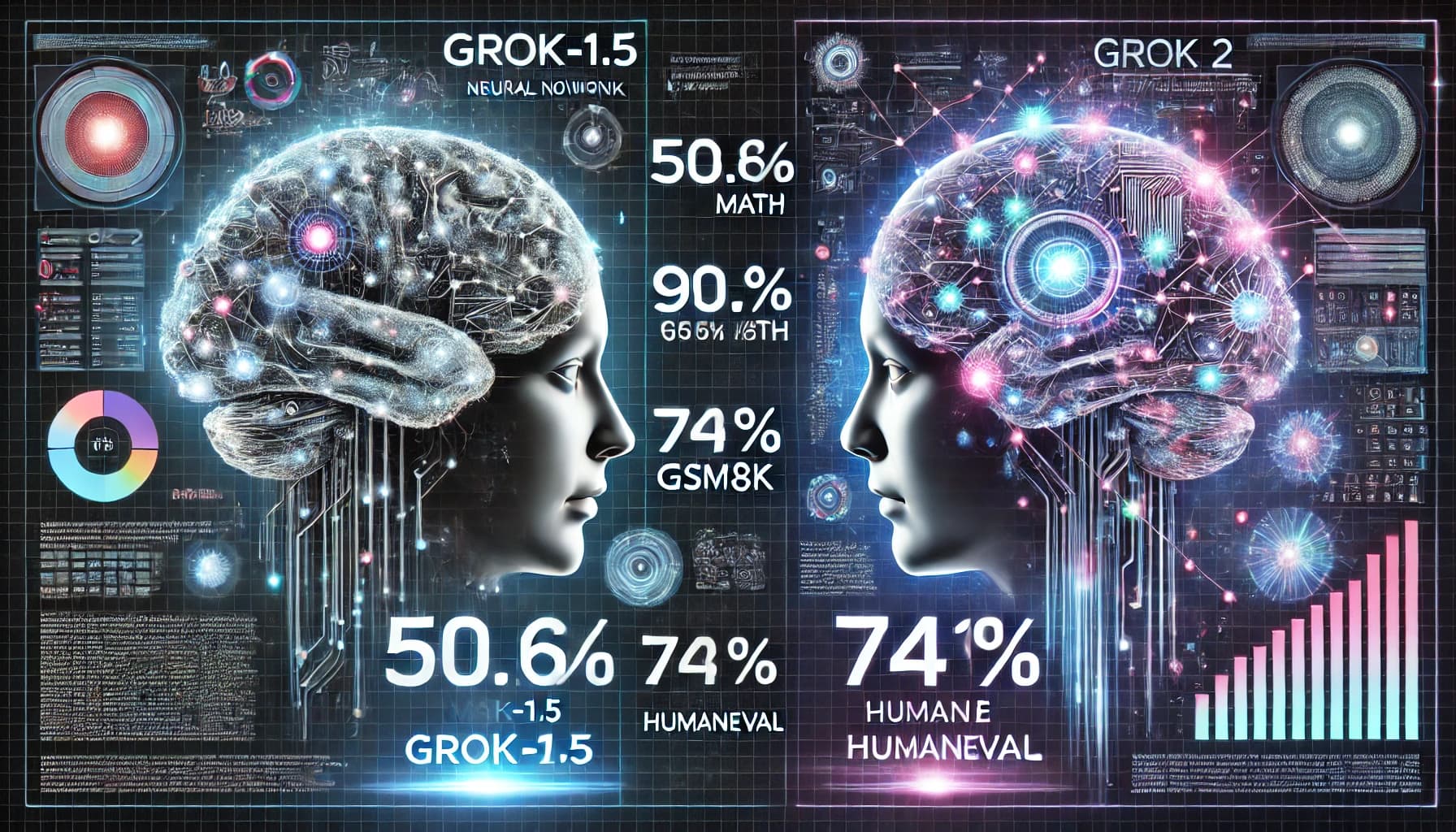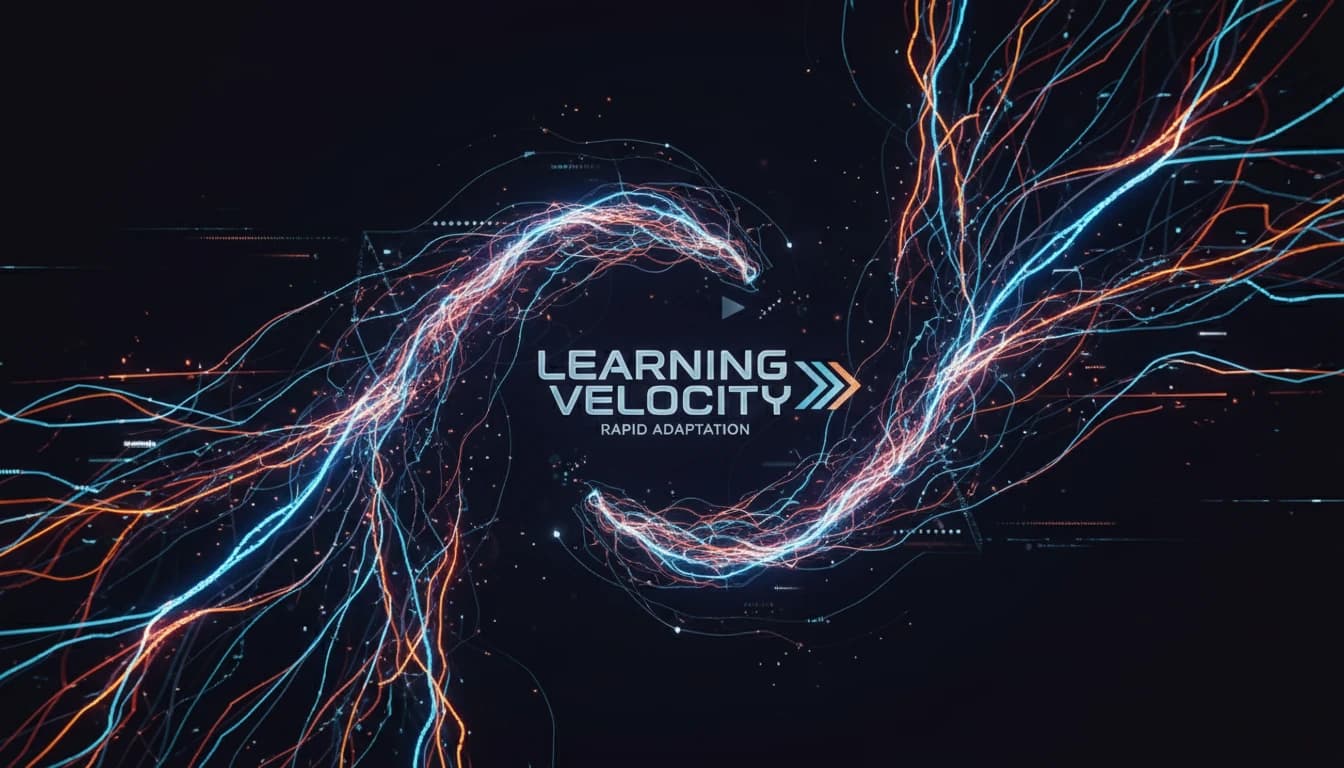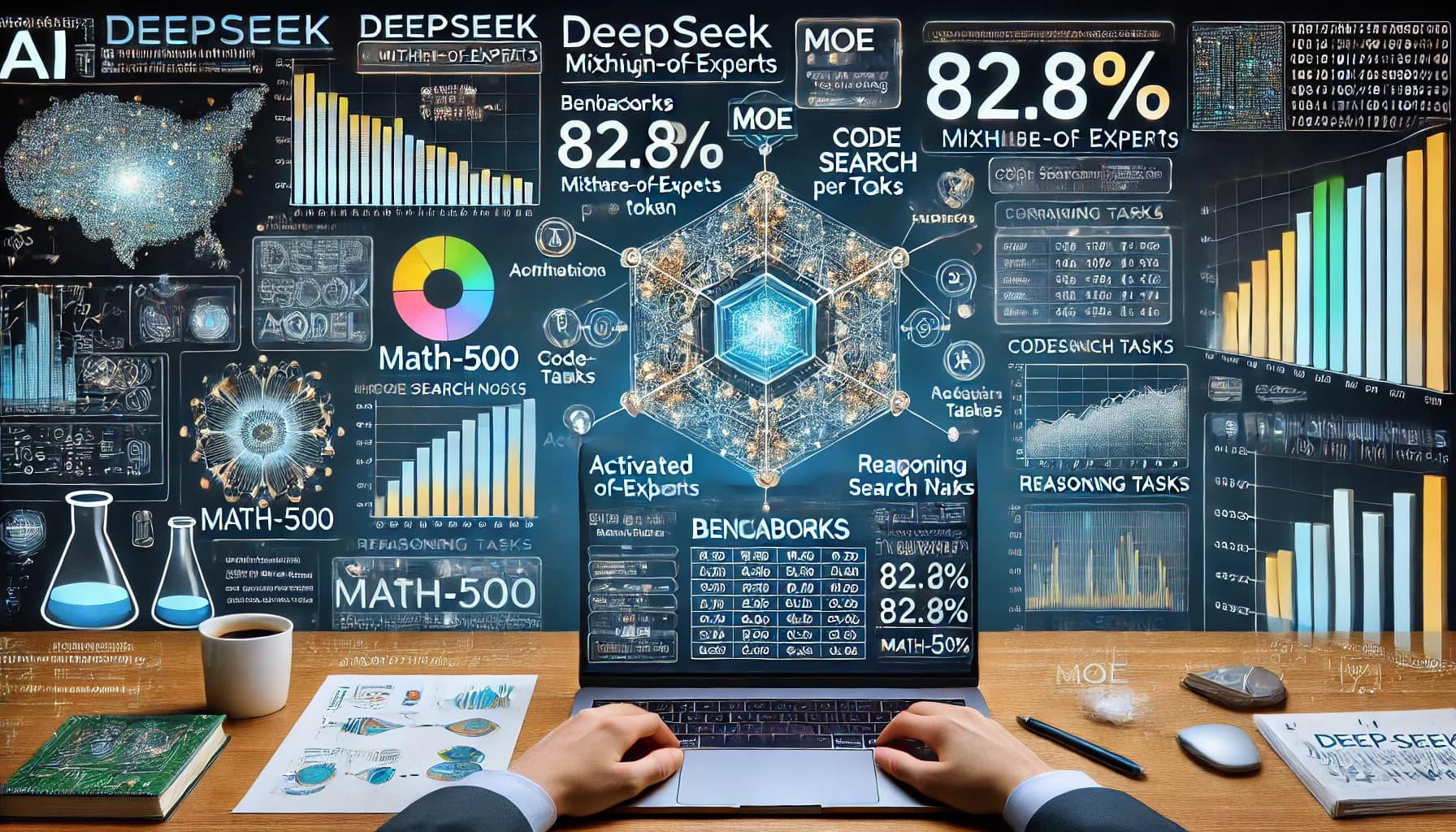Grok Model: Redefining AI Capabilities and Performance Benchmarks
Grok Model: Redefining AI Capabilities and Performance Benchmarks
Introduction
In the ever-evolving world of artificial intelligence, new breakthroughs are reshaping the boundaries of possibility. Among these advancements, the Grok model has emerged as a game-changer. Developed by xAI, Grok stands out for its unparalleled reasoning capabilities, multimodal understanding, and integration into real-world platforms like X (formerly Twitter). As we explore Grok’s unique potentialities, we’ll uncover how it compares to other models and its groundbreaking performance on key benchmarks.Overview of the Grok Model
Development Background
Grok was developed by xAI, a company founded by Elon Musk with a vision to create AI that not only excels in understanding but also integrates seamlessly into practical applications. Musk’s intent with Grok was clear: to build an AI that offers deep insights and functions as an assistant capable of reasoning at an unprecedented level ([Torontostarts](https://torontostarts.com/2024/09/05/grok-2-exploring-its-capabilities-controversies-and-competitor-comparisons/)).Key Features
- **Advanced Reasoning**: Grok’s architecture emphasizes logical coherence and decision-making, allowing it to tackle complex problems effectively. - **Multimodal Functionality**: Beyond text, Grok processes and generates visual content, broadening its usability. - **Platform Integration**: Its integration into X demonstrates how Grok can serve as a practical assistant for content creation and interaction.Comparative Analysis with Other AI Models
Grok vs. GPT-4o
GPT-4o, developed by OpenAI, set a high standard for natural language understanding and problem-solving. However, Grok pushes the envelope further with: - **Contextual Depth**: Grok’s responses show deeper contextual awareness compared to GPT-4o. - **Multimodal Edge**: While GPT-4o is limited to text, Grok’s ability to handle images and text gives it a distinct advantage.Grok vs. Other Models
When compared to other AI tools like DALL·E 3 and MidJourney, Grok shines in its ability to integrate text and visuals seamlessly. For instance, it combines high-fidelity image generation with precise text interpretation, making it versatile for both creative and analytical tasks ([Beebom](https://beebom.com/openai-unveils-grok-model-breakthrough/?utm_source=chatgpt.com)).Performance Benchmarks
MMLU (Massive Multitask Language Understanding)
Grok achieved a score of 50.6% on the MATH benchmark and an impressive 90% on the GSM8K benchmark, demonstrating its ability to solve complex reasoning tasks across diverse subjects ([x.ai](https://x.ai/blog/grok-1.5?utm_source=chatgpt.com)).HumanEval
On coding-related benchmarks like HumanEval, Grok reached an accuracy of 74.1%, showcasing its superior performance in code generation and problem-solving compared to many of its contemporaries ([x.ai](https://x.ai/blog/grok-1.5?utm_source=chatgpt.com)).Performance Recap Table
| **Benchmark** | **Grok-1.5 Score** | |----------------------|--------------------| | MATH | 50.6% | | GSM8K | 90% | | HumanEval | 74.1% |Grok 2: The Next Evolution
Building on the success of Grok-1.5, xAI introduced Grok 2 as a significant upgrade designed to address limitations and expand capabilities further.







